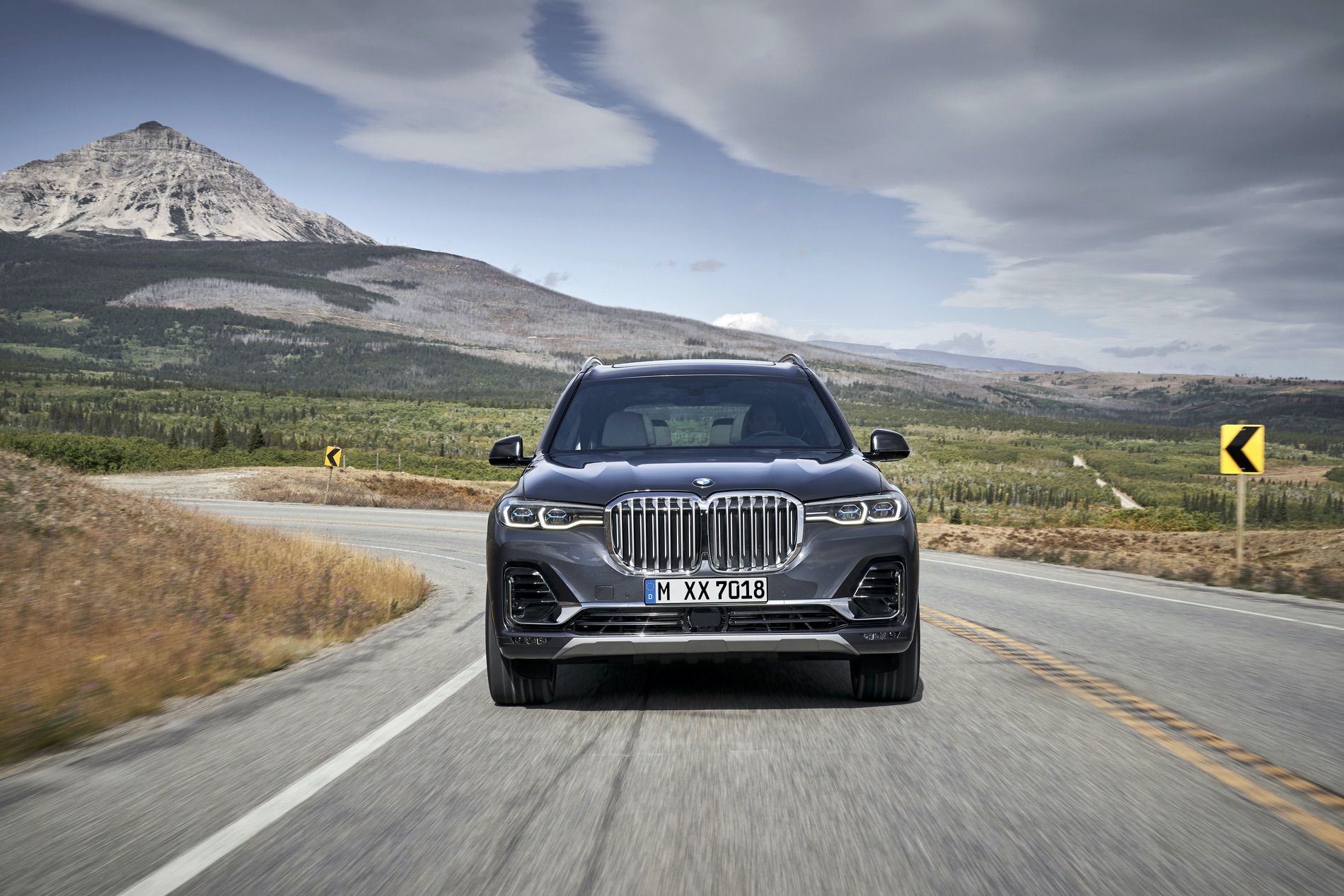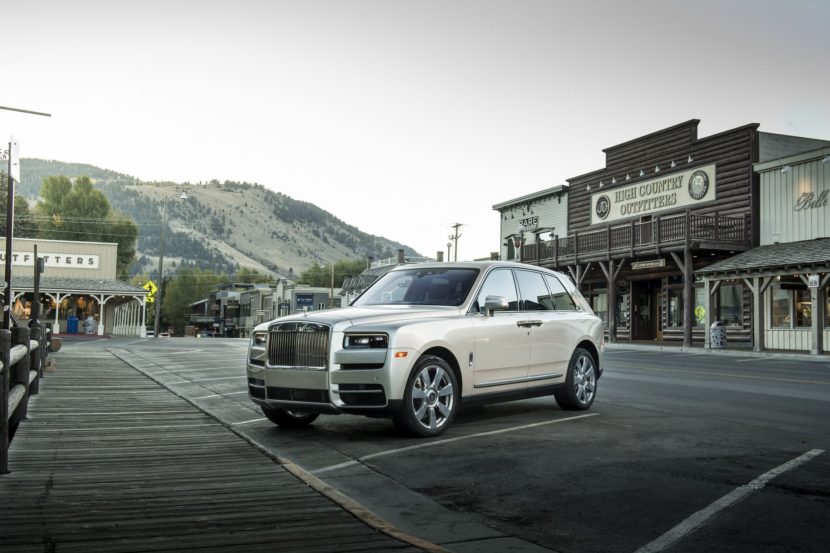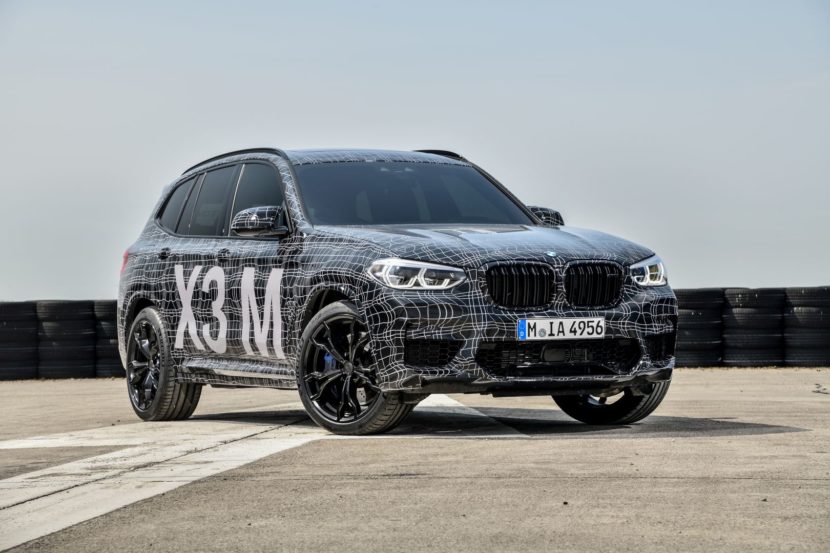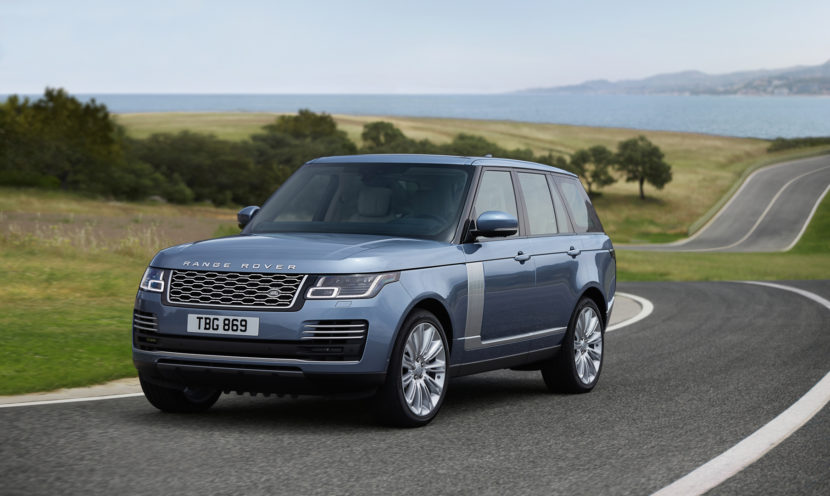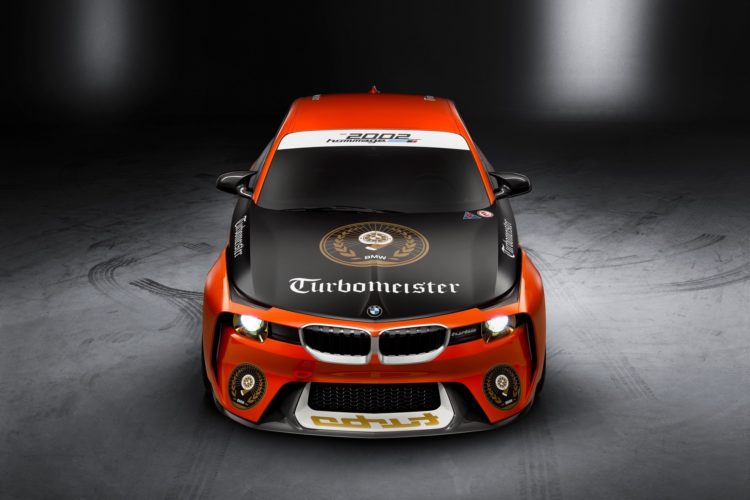Since its debut just a few days ago, the BMW X7 has become a punching bag in the media, over its enormous, seemingly superfluous size. (Literally no one complains about the size of the Mercedes-Benz GLS, G-Wagen or the Range Rover, though). Admittedly, it is massive, almost comically so. So we thought it would be a fun exercise to compare its massive size to other massive cars, to see how it stacks up.
This is the BMW X7’s main competitor. So it’s only natural that it needs to be similar in size. And because bigger is always better (from what I’ve heard), BMW decided to make the X7 slightly bigger all the way around. So it gets a longer overall length (203.3-inches vs 202-inches), a longer wheelbase (122.2-inches vs 121.1-inches) and is wider (78.7-inches vs 76.1-inches). Though, the BMW X7 is actually a touch shorter than the GLS-Class (71.1-inches vs 72.8-inches). So there’s really not much in it, but the BMW X7 is a bit bigger.
Just to give you an idea of how big the BMW X7 really is, let’s take a look at how it stacks up against its distant cousin, the Rolls Royce Cullinan. Unlike Rolls Royce generations of the past few years, the Cullinan is not built on any BMW platform. So the two share virtually nothing, mechanically, and it shows. The BMW X7 is actually quite a bit smaller than the Roller. The X7 has a shorter length (203.3-inches vs 210.3), a shorter wheelbase (122.2-inches vs 129.7-inches), a narrower width (78.7-inches vs 85.2-inches) and is shorter in height (71.1-inches vs 72.2-inches). What’s crazy is that, if you see a Mercedes GLS on the road, it looks enormous and the BMW X7 is slightly bigger. However, the Rolls Royce Cullinan is even bigger still, making it simply gargantuan.
Last time I drove a BMW X3, it was the M40i variant and I loved it. As an everyday vehicle, it’s virtually faultless. It had more than enough space for my wife, son (in a car seat), dog and baby gear, while also being fun to drive and surprisingly quick. It’s more than enough for realistic everyday life. So how much bigger, and in many ways superfluously so, is the BMW X7? Well, it’s significantly longer (203.3-inches vs 185.9-inches), quite a bit wider (78.7-inches vs 74.4-inches) and even a lot taller (71.1-inches vs 66-inches). So that gives you an idea of how much extra space the X7 has over the average crossover.
Range Rover (standard wheelbase)
While the BMW X7 seems to have targeted the Mercedes-Benz GLS-Class specifically, the Range Rover is the real king of the segment. So how does it stack up against its British rival? It’s actually a bit longer (203.3-inches vs 196.9-inches), has a significantly longer wheelbase (122.2-inches vs 115-inches), though a big narrower (78.7-inches vs 86.6-inches) and a bit shorter (71.1-inches vs 73.6-inches). So the Range Rover is a bit stubbier and taller than the X7, which is a bit longer and shorter.
USS Nimitz
The BMW X7 is the largest vehicle the brand has ever made. It’s so large in fact, that it’s frightening the other SUVs at the Spartanburg, South Carolina plant. So we decided to compare it to something equally as frightening — the USS Nimitz. The Nimitz was the first of the Nimitz-class aircraft carriers and is still absolutely enormous, despite it having been built 43 years ago. Obviously, it’s just a bit longer than the BMW X7, coming it at 13,104-inches (1,092 ft) versus the BMW X7’s 203.3-inches. So at least something’s bigger than the X7, right?


